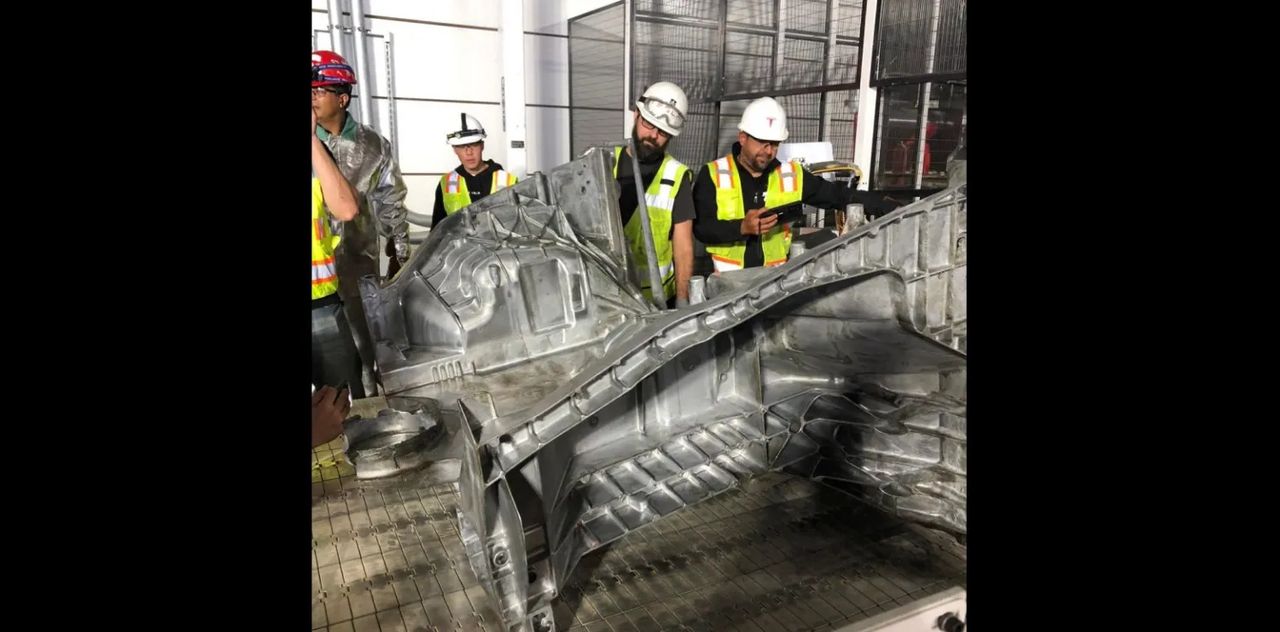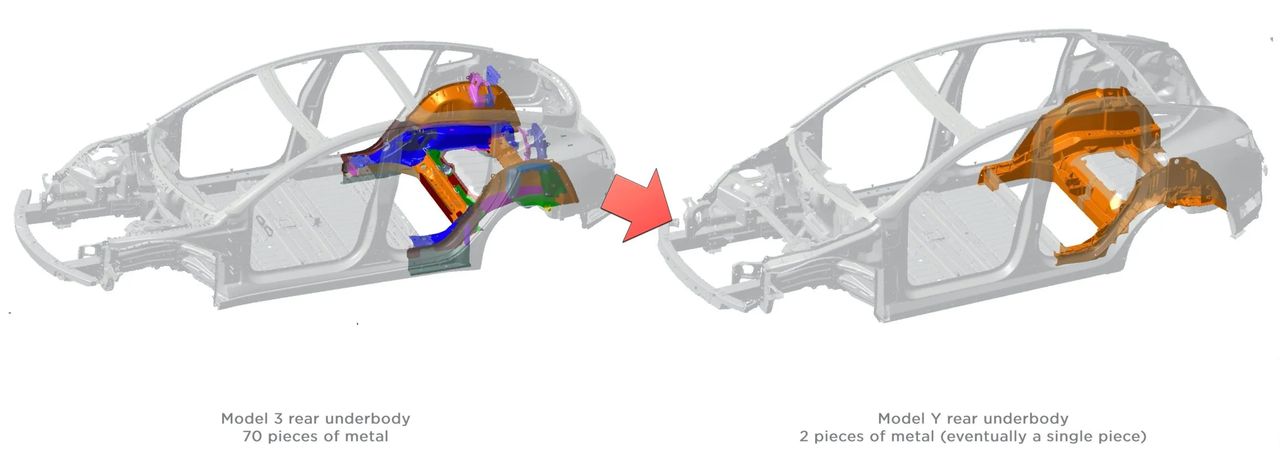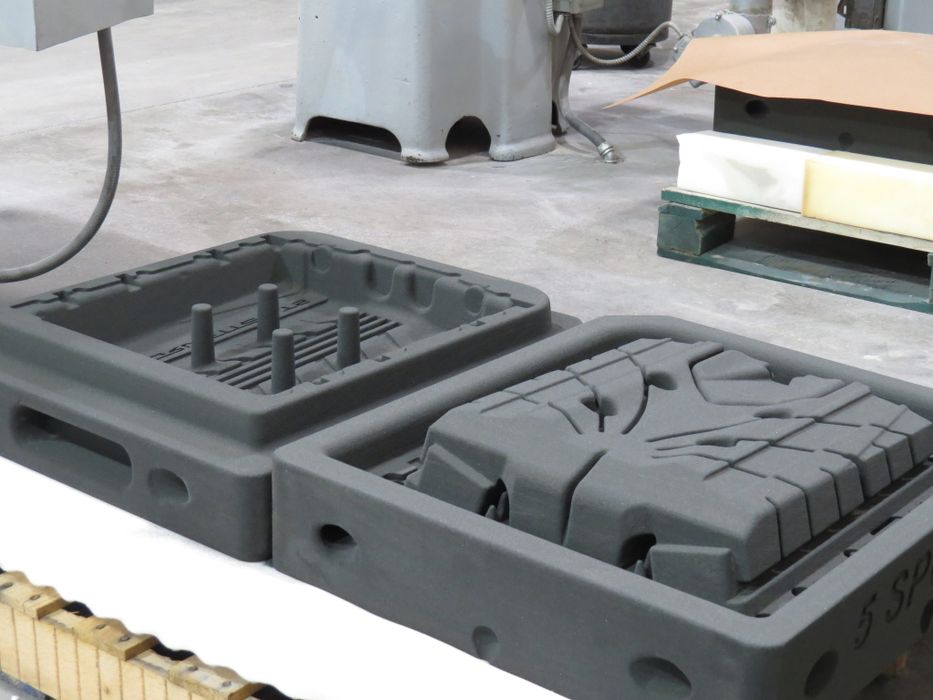
News from the automotive industry could trigger some interesting moves in sand 3D printing.
Tesla is one of the most innovative auto manufacturers today. They have implemented a number of new technologies previously unseen in the industry, all directed towards lowering the cost of manufacturing.
One of those steps was something they like to call “gigacasting”. The idea is to perform a massive metal casting operation to create a huge part all at once. This would replace the traditional approach of making dozens of parts and then assembling them together. That’s hugely labor intensive, and gets worse when you consider the administration required for all the parts in the future.

The gigacasting approach simply makes one giant part and then there’s no need for assembly of that component. Just combine it with the other parts and you quickly have an automobile.
How does Tesla do this? The casting process involves using a huge mold to hold the metal while casting.
Where does that mold come from? It turns out it’s cast itself from a 3D printed sand mold. Sand 3D printing has long been used to create huge sacrificial molds for unique metal parts. Here they’re used to make the most for the gigacast process.
Now the news: GM has acquired TEI, the company that produces the molds for Tesla’s gigacasting.

That means that TEI will almost certainly not produce parts for Tesla in the future. They will no doubt use TEI to produce their own equivalent of gigacasting, which has yet to be developed. That in turn means that Tesla will be seeking a new partner to use sand 3D printing to create their gigacast molds.
Which company will it be? There are only a few 3D printer manufacturers of large sand 3D printers, including voxeljet and ExOne.
It seems to me that this takeover could trigger some interesting activity in the 3D printer market, as Tesla is set to expand their operations significantly in the near future when they announce a lower cost vehicle that will be produced in large numbers.
Which company will benefit from this move?
Via Electrek
